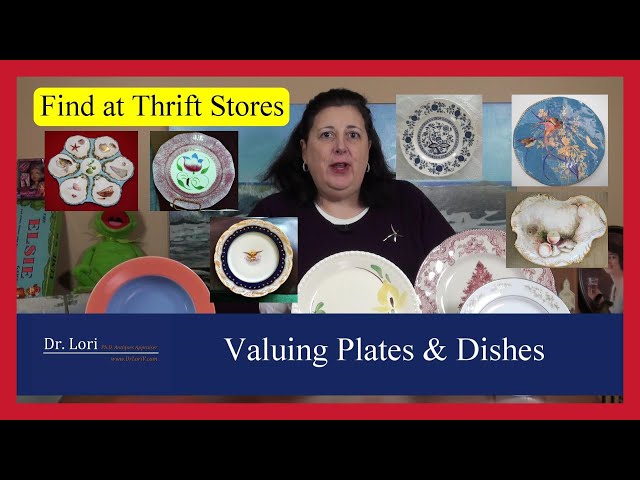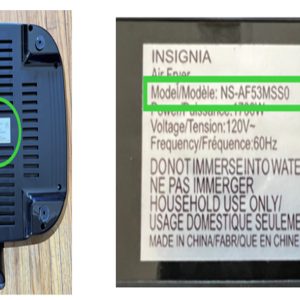Finding Profitable Porcelain Plates
Begin by targeting thrift stores with steady inventory turnover. Focus on intact pieces with minimal chips, cracks, or repairs. Identify valuable plates through maker's marks (e.g., backstamps with well-known names like Limoges or Spode), intricate patterns, and age indicators such as hand-painted designs or gold rims. Prioritize rare patterns, discontinued sets, and limited-edition collections, as they attract collectors. Avoid generic mass-produced items by researching common thrift store stock through collector forums or guidebooks.
Setting Accurate Prices
Research market value to avoid underpricing or overpricing. Check recent sales on general online marketplaces for similar items; aim for a 50-200% markup from your thrift store purchase price based on rarity and condition. Factor in:
- Condition: Mint plates command premiums, while minor flaws reduce value.
- Demand: Holiday themes or designer brands sell faster at higher prices.
- Comparables: Price competitively against active listings to incentivize buyers.
Set a floor price covering costs (purchase, cleaning, fees) and include room for negotiation.

Choosing the Right Sales Platforms
Select channels matching your target audience and plate types. For high-value or collectible plates, use online marketplaces with built-in collectors, ensuring detailed descriptions and quality photos. For everyday items, local flea markets or social media groups reduce fees but may yield lower margins. Always verify platform policies on fragile items and factor in shipping costs for nationwide reach.
Maximizing Sales Success
Clean plates gently with mild solutions and photograph them in natural light with multiple angles. Describe thoroughly, including flaws, history, and measurements. Ship securely with double-boxing and bubble wrap to prevent damage. To boost profit, bundle sets or offer discounts on slow-movers. Monitor trends regularly to adapt sourcing and pricing strategies, ensuring continuous cash flow.












